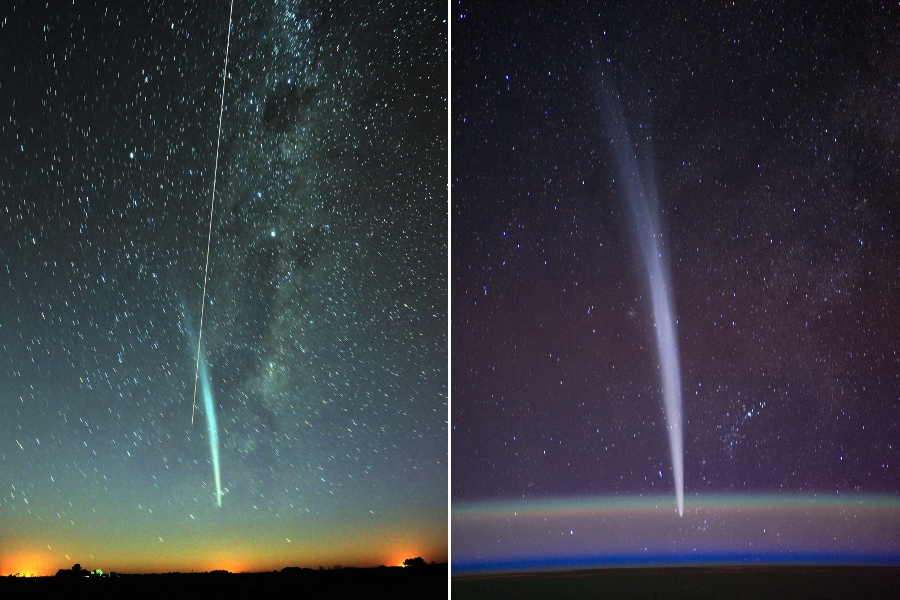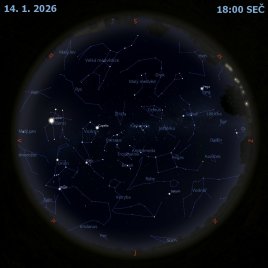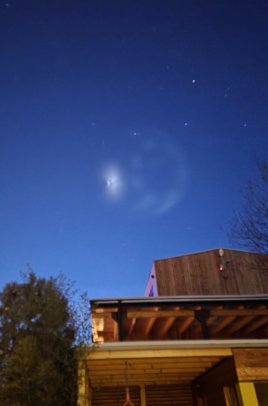Kometa Lovejoy a ISS

Uznání: vlevo: Carlos Caccia, (Intendente Alvear, Argentina) vpravo: Dan Burbank (ISS Expedition 30, NASA)
Kometa Lovejoy vyšla 24. prosince za úsvitu a představila oblouk svého ohonu dozadu učesaný slunečním větrem a světlem. Vlevo je vidět časný ranní vzhled komety spolu s jižní Mléčnou dráhou z města Intendente Alvear v provincii La Pampa v Argentině. Krátké stopy hvězd ukazují i jasné hvězdy jižní oblohy Alfa a Beta Centauri ve středu snímku, ale ta dlouhá bílá čára, která kříží ohon komety je k nám trochu blíž. Fotograf při čekání na správný okamžik pro zahájení expozice zachytil také Mezinárodní kosmickou stanici, která se stále třpytí ve slunečním světle jak obíhá (shora dolů) nad místním obzorem. Na pravém panelu je vidět kometa Lovejoy těsně nad obzorem z kosmické stanice samotné, zachycená pouze o dva dny dříve. Velitel Expedice 30 Dan Burbank zachytil východ komety Lovejoy před Sluncem na nádherném videu (odkaz zde). Přes všechny další pohledy, které se nabízí z nízké oběžné dráhy Země, Burbank kometu popsal jako "nejúžasnější věc, kterou kdy ve vesmíru viděl."
NASA Official: Phillip Newman Specific rights apply. NASA Web Privacy Policy and Important Notices
A service of: ASD at NASA / GSFC & Michigan Tech. U.
Odkaz na originální APOD


